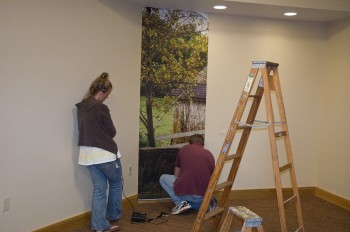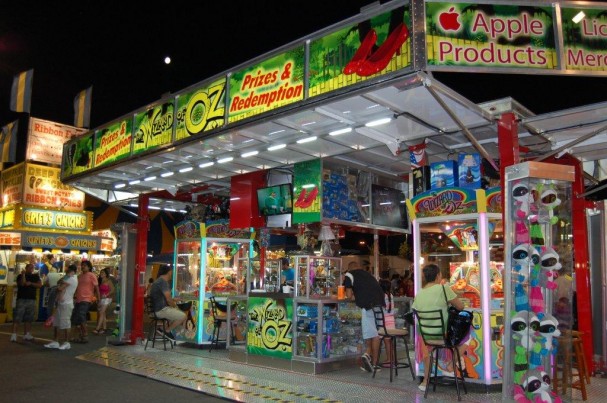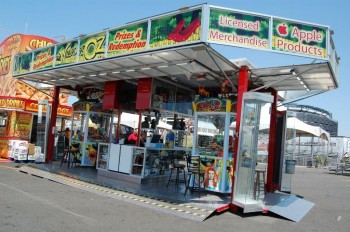3M recently released a Bulletin regarding graphics application over low-VOC (volatile organic compounds) paints, which 3M says are becoming increasingly popular and can cause adhesion issues.
 3M’s recommendation is to clean a section of the wall twice with a mixture of 70 percent isopropyl alcohol and 30 percent water.
3M’s recommendation is to clean a section of the wall twice with a mixture of 70 percent isopropyl alcohol and 30 percent water.
Then, apply strips of the graphic to the cleaned areas where the graphic will be installed and observe their release characteristics after 15 minutes. If the adhesion looks good, use the same cleaning method to prepare the entire application area.
However, be sure the surface hasn’t been freshly painted. Installation professional Keith Bernard of Road Signs in Sarasota, Fla., says to avoid alcohol on freshly painted surfaces. “A lot of interior barricades you find at malls are drywall with a fresh coat of primer, and if you use alcohol you run the risk of smearing the paint, which will cause adhesion problems with the material you’re installing,” he says.
And, as you prepare for the application, the first rule with inkjet-printed media is to allow the ink to dry and set for a minimum of 24 hours. Then, it’s safe to apply to whatever substrate you’re using. Also, when you prepare the surface, don’t use soap, Windex or any ammonia-based cleaners as they leave a residue that will affect the graphic’s adhesion. It’s best to follow 3M’s recommended cleaning and application procedures, which you can also find detailed at http://3mgraphics.com/lowVOC.
If you need any additional help or advice, give one of our experts a call at 800-453-9538.


